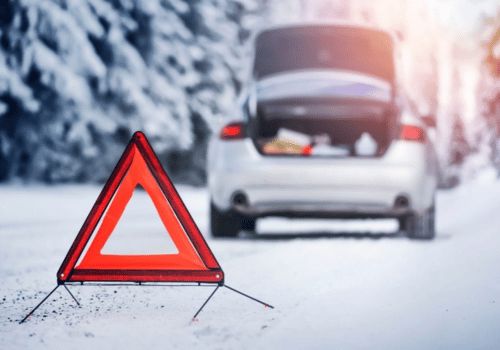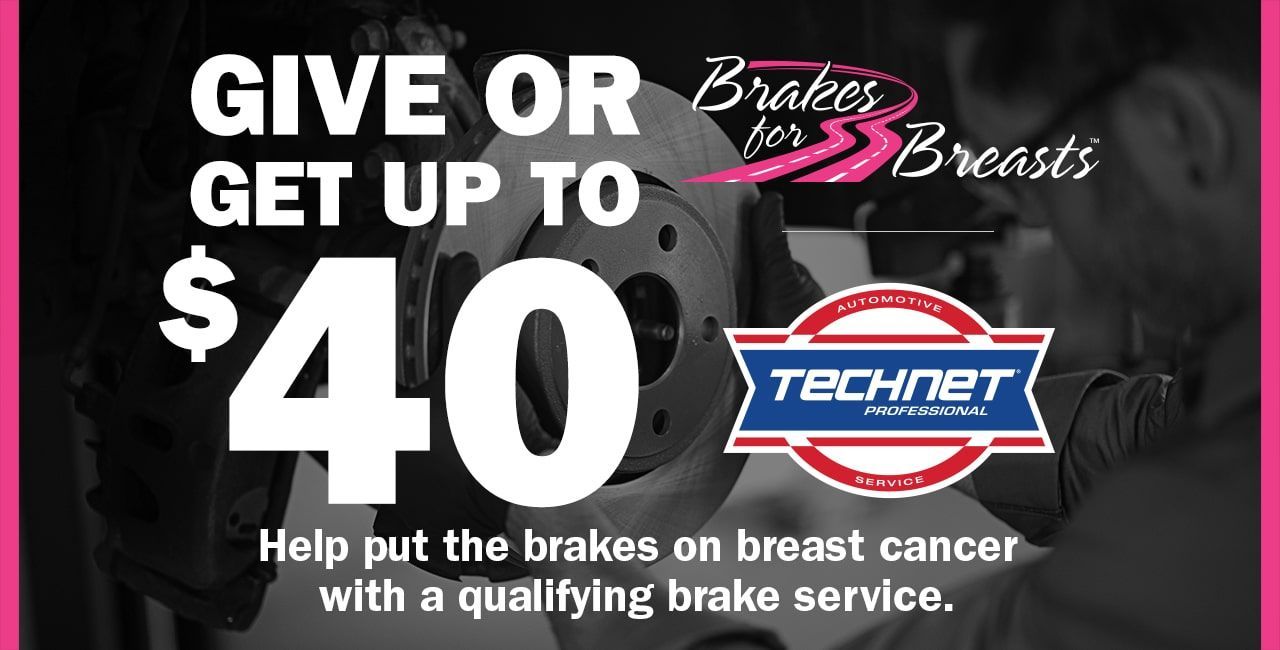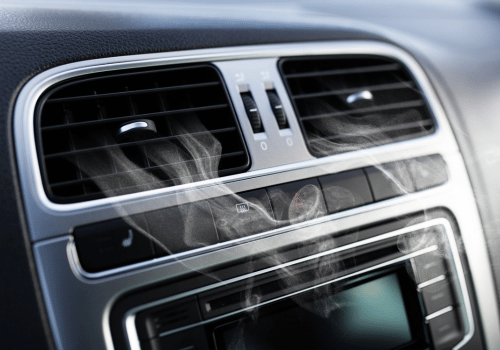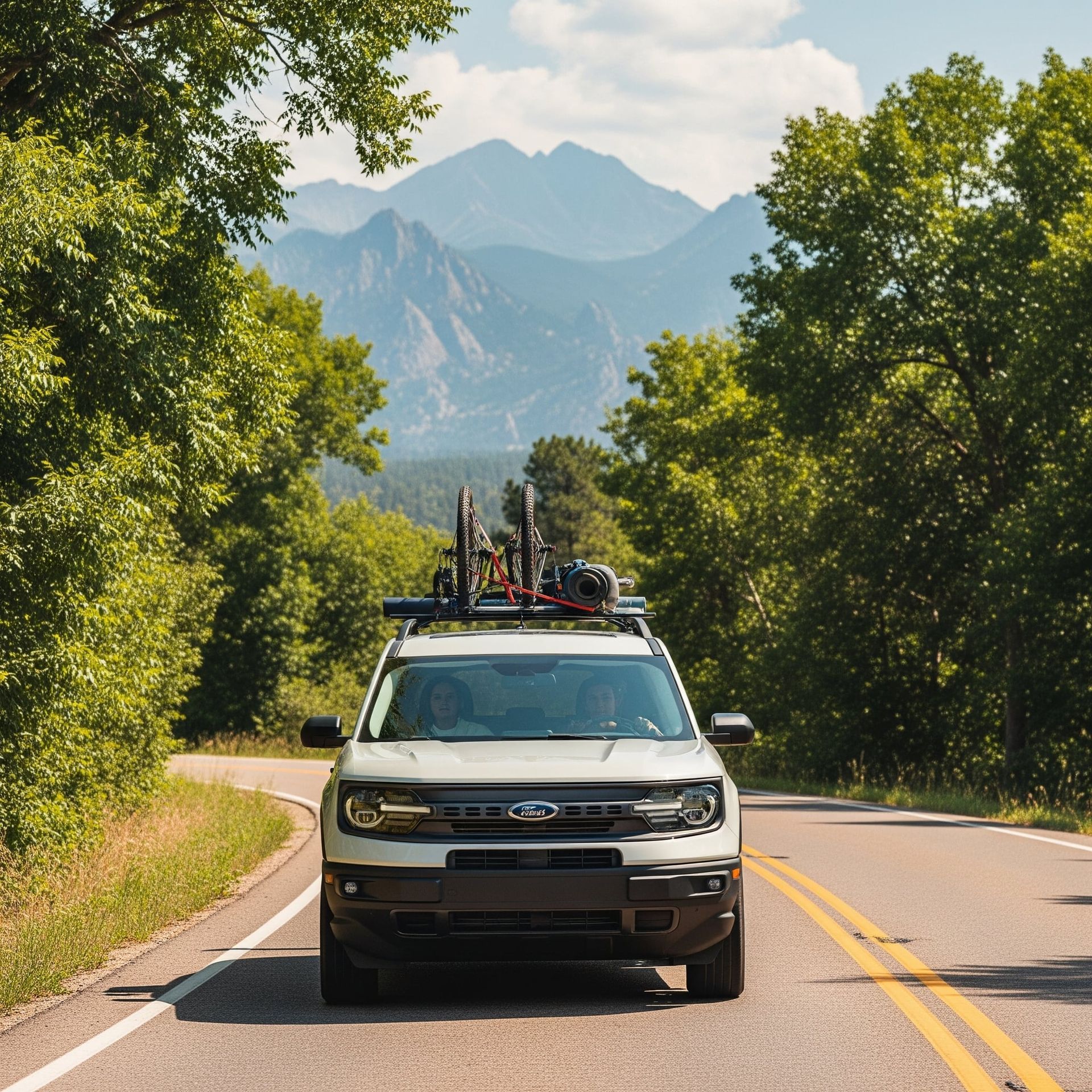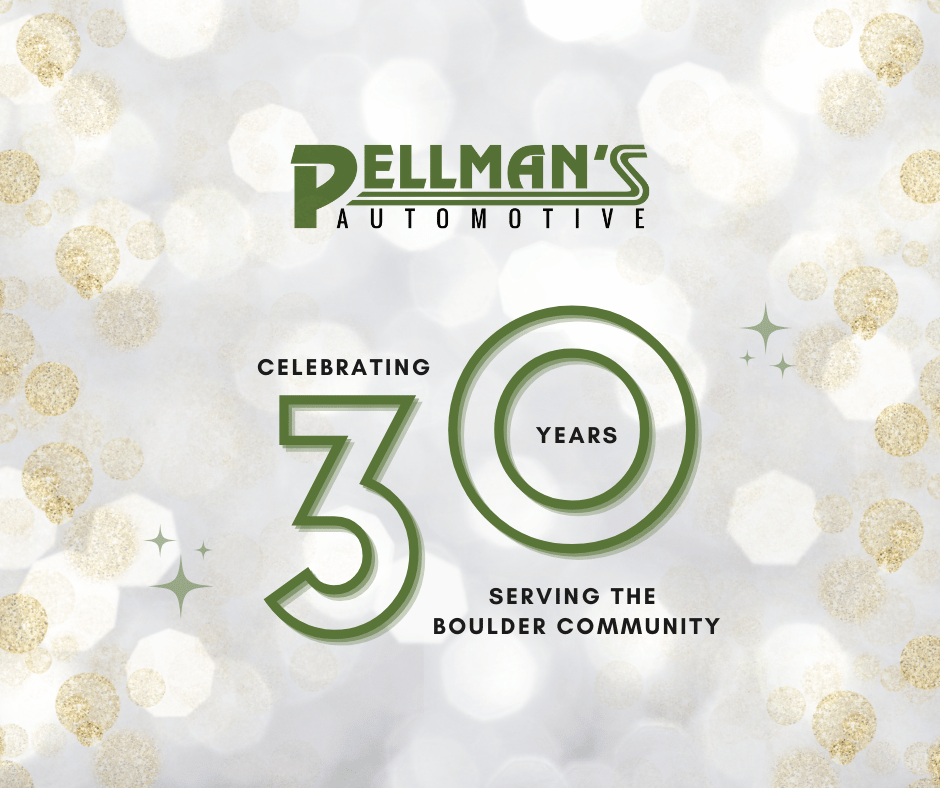As the Leaves Fall, So Does Your Tire Pressure: Understanding the TPMS Light
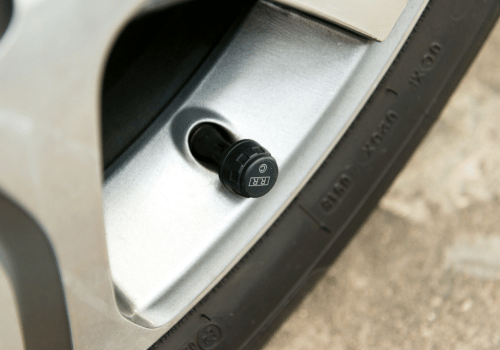
You’re driving through Boulder on a chilly Fall morning. The crisp air, the smell of leaves, and the color of a new season is breaking through. You’ve just started your commute, and as you turn onto Canyon Boulevard, the TPMS light on your dashboard lights up. Panic sets in for a moment. Is it safe to continue driving? What does this mean?
This scenario is familiar to many drivers, especially in Boulder, where the temperature can fluctuate significantly between seasons or even days. As temperatures drop, tire pressure can decrease naturally. Even if your tires were properly inflated during the warm afternoon, that chilly morning air could cause the pressure to fall below the recommended level, triggering the TPMS light.
What is the TPMS Light? The Tire Pressure Monitoring System light is a critical safety feature that monitors the air pressure in your tires. If the system detects a significant drop in pressure in one or more tires, the light will illuminate. While this can happen for various reasons, it's essential not to ignore it, as under-inflated tires can cause blowouts, poor handling, and increased tire wear.
What to Do When the TPMS Light Comes On:
- Check the Tire Pressure: Pull over at a safe location and manually check the pressure of all four tires using a tire gauge. Most vehicles have a recommended tire pressure printed on the driver’s side or inside the owner’s manual.
- Refill Your Tires: If the pressure is low, refill your tires at a gas station or service shop. If you don’t have the tools or are unsure, bring your vehicle to Pellman’s Automotive, where we can perform a visual inspection and top off your tires free of charge. We also have a place where you can pull up 24/7 and refill on your own at no charge.
- Watch for Recurring Issues: If the light comes back on shortly after refilling your tires, this could indicate a slow leak or a more severe issue like a puncture. In that case, it’s crucial to bring your car into Pellman’s as soon as possible.
- How Boulder’s Climate Affects Tire Pressure: In Boulder, the climate can be tricky for tire maintenance. Temperature swings, especially during fall and winter, can cause rapid changes in tire pressure. For every 10-degree drop in temperature, your tires can lose about 1 PSI (pounds per square inch). That’s why it’s crucial to stay on top of tire maintenance, particularly during seasonal changes.
If your TPMS light keeps coming on or you suspect a tire issue, our team at Pellman’s Automotive in Boulder can help. We are experts at diagnosing tire problems and ensuring that your car is safe and road-ready. Whether it’s a quick tire refill, a patch for a slow leak, or a TPMS sensor replacement, we’re here to assist you.
Don’t let a simple dashboard light cause you any stress—visit Pellman’s for peace of mind and reliable service today!




